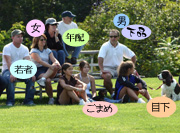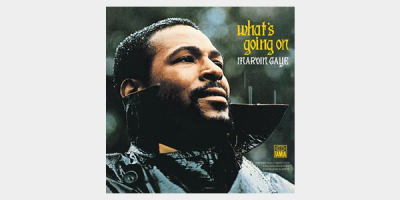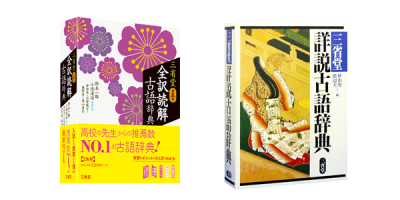
As I said last time, God, and my readers, see all. It is exactly as you say. I had meant to bring this fact up before now —it was not my intention to hide it.
To be sure, I was the one who brought up the four perspectives of “class,” “status,” “gender” and “age” for observing verbal characters. However, it is not always necessary to specifically designate all four of these perspectives. Sometimes they are left “undesignated.” There are verbal characters in which the four perspectives are only partially designated, such as the “female” in which “class,” “status,” and “age” are undesignated, or the “vulgar” “male,” in which “status” and “age” are undesignated.
So far, I have put the various values for the perspectives in quotation marks, just like the character names —“refined” or “vulgar” for “class;” “highest of the high,” “superior,” “inferior,” or “runt” for “status;” “male” or “female” for “gender;” “senior citizen” and “elderly,” “youth,” or “baby” for “age.” These values too are sometimes undesignated. In cases where all other perspectives are undesignated, the value of the one designated perspective itself becomes the character. Thus I put these values in quotations, like the characters. What if all four perspectives are undesignated, you ask?
Heh! You guys are hard to please. Are you trying to test me? As I’ve already said, if you dig deep enough, you’ll find that much more language than we think is role language, such as the discovery ta (hakken no “ta”) (part 28). Do you remember what I said at the end of that article? It is probably best to assume that “everything is Role Language,” then go back and make corrections if we turn out to be wrong about this. It has been exactly a year since I wrote that, but I haven’t changed my mind on the matter. If anything, I believe it even more strongly.
Think back over the last year of articles. What about da and desu, which you’d assume everyone would say in the same way. They don’t seem anything like role language at first glance.
A “male” wouldn’t say ame yo (it’s raining), kirei (that’s pretty), or taihen (Oh no!). He would add the auxiliary verb da: ame da yo, kirei da, and taihen da. Here, da has the aspect of role language particularly connected with the “male” character (part 66).
The same goes for desu. Some people add desu to verbs like a “baby,” as in kaetta desu (I’m back). In other words, desu also has the aspect of role language (parts 70 & 71).
This isn’t something you pick up on if you’re not paying attention. You only notice it if you start asking “is this role language?” whether da or desu.
So, here is my answer. If all four perspectives are undesignated, there is no verbal character. If one must come to this conclusion, it means the character’s language makes no particular impression. In other words, it isn’t role language. This is perhaps possible. However, although we may go back and revise our view if it turns out to be wrong, for the time being we should probably say that it is impossible. We should assume that all language is role language. This, dear reader, is what I wanted to say.








